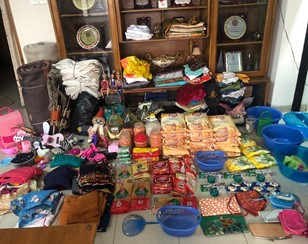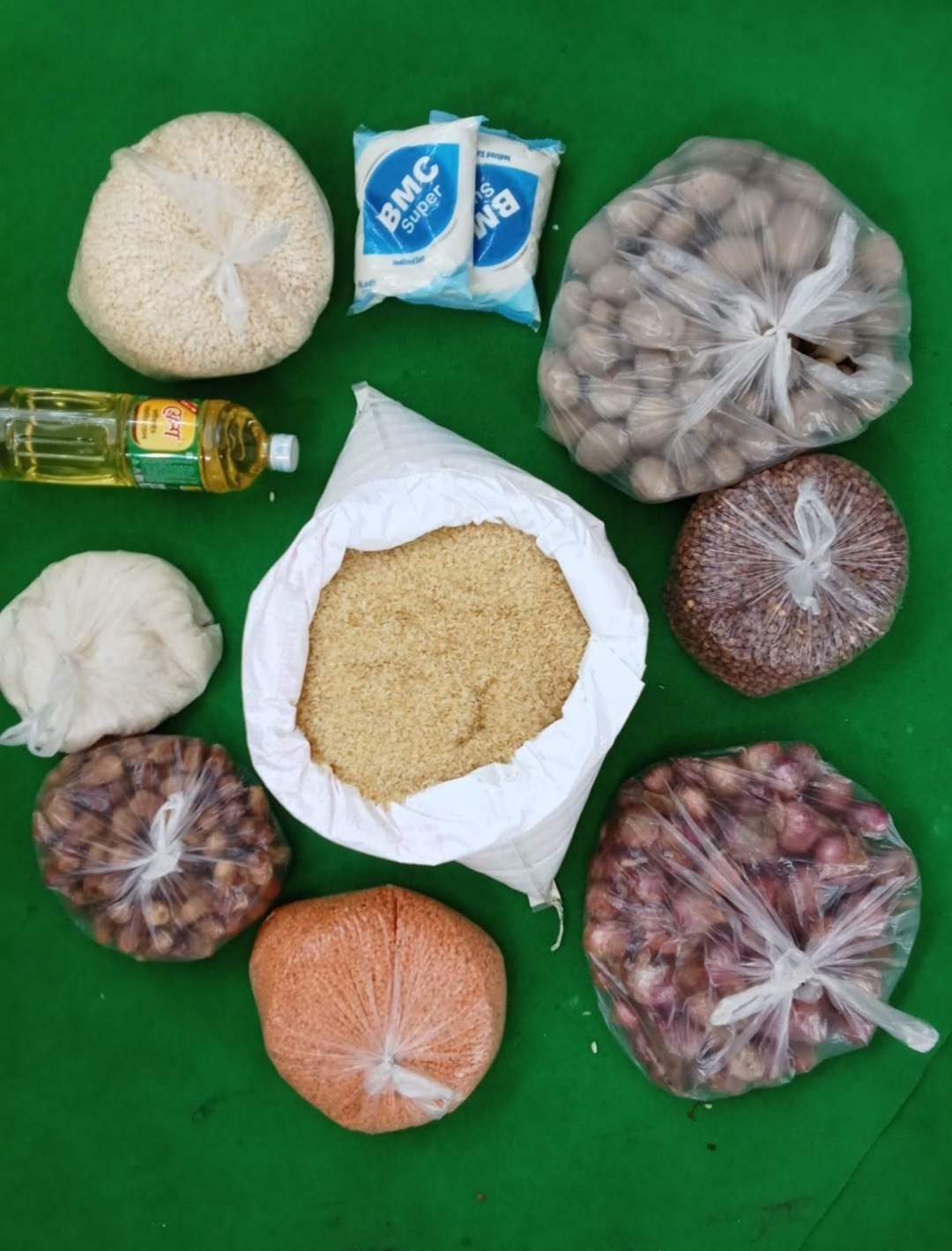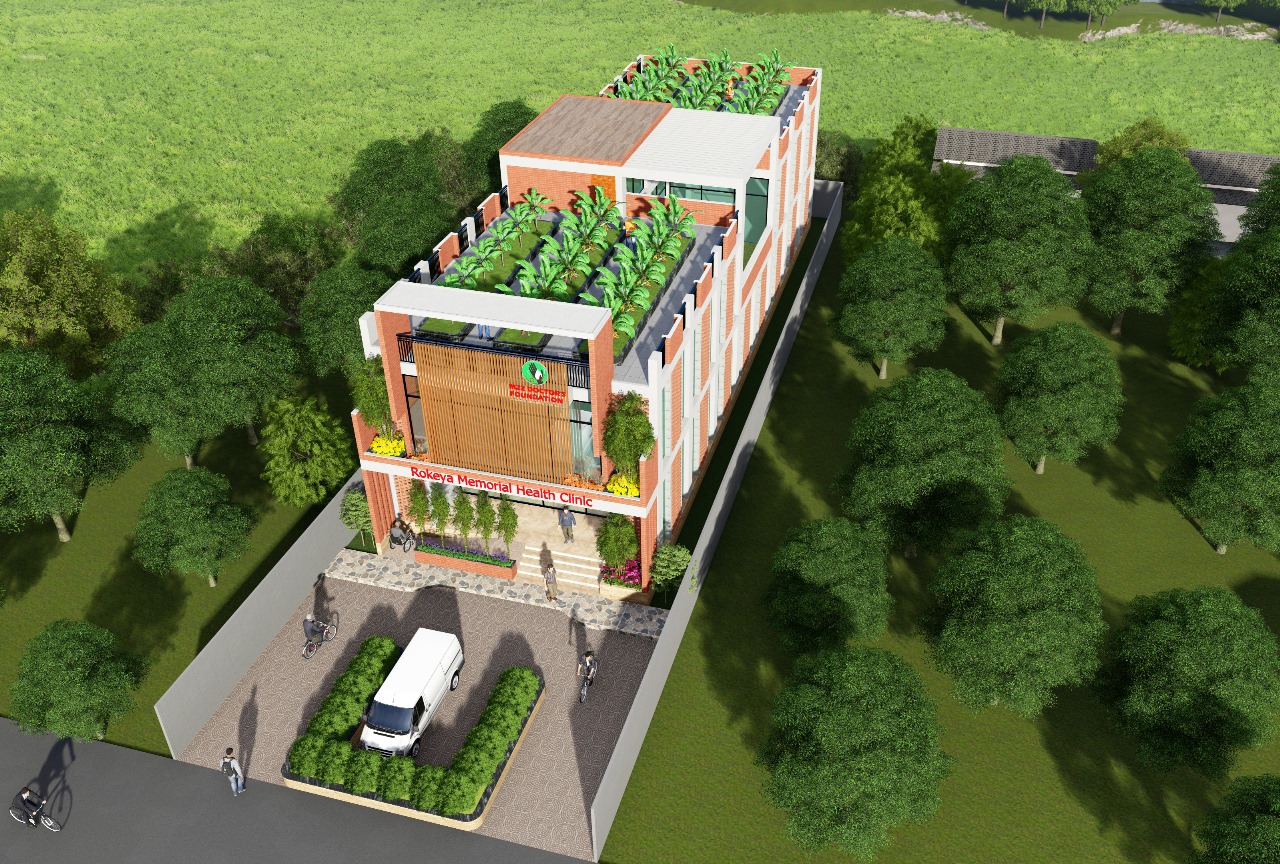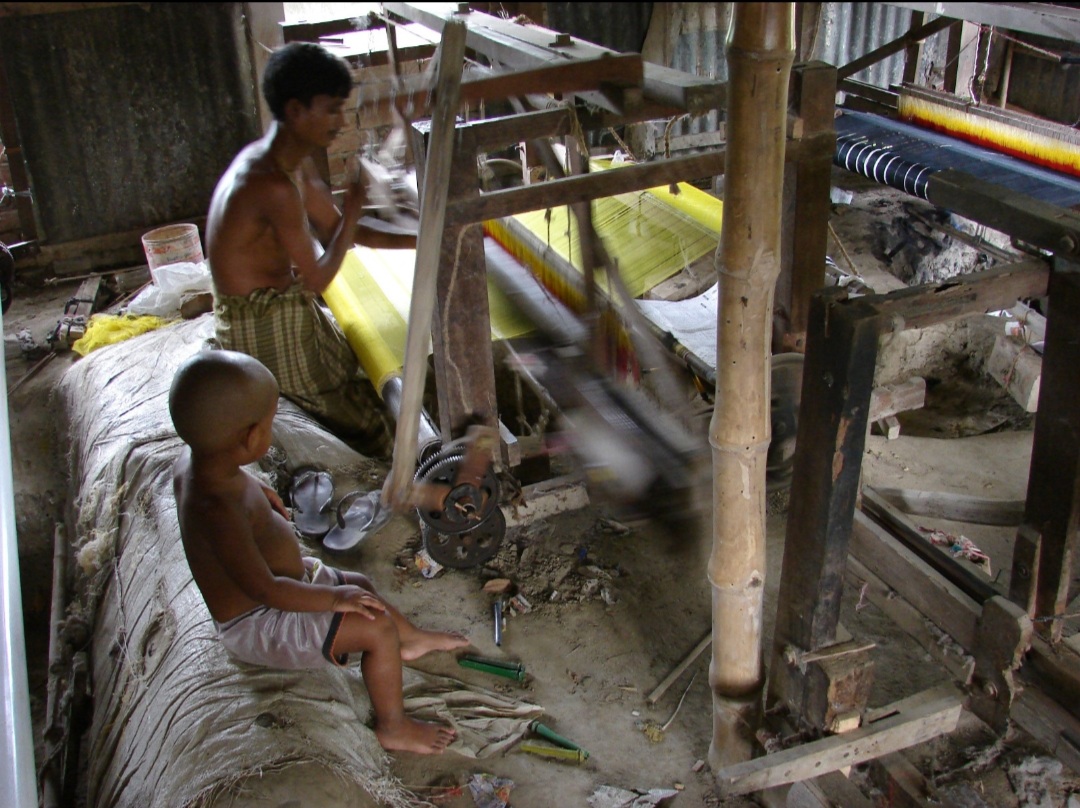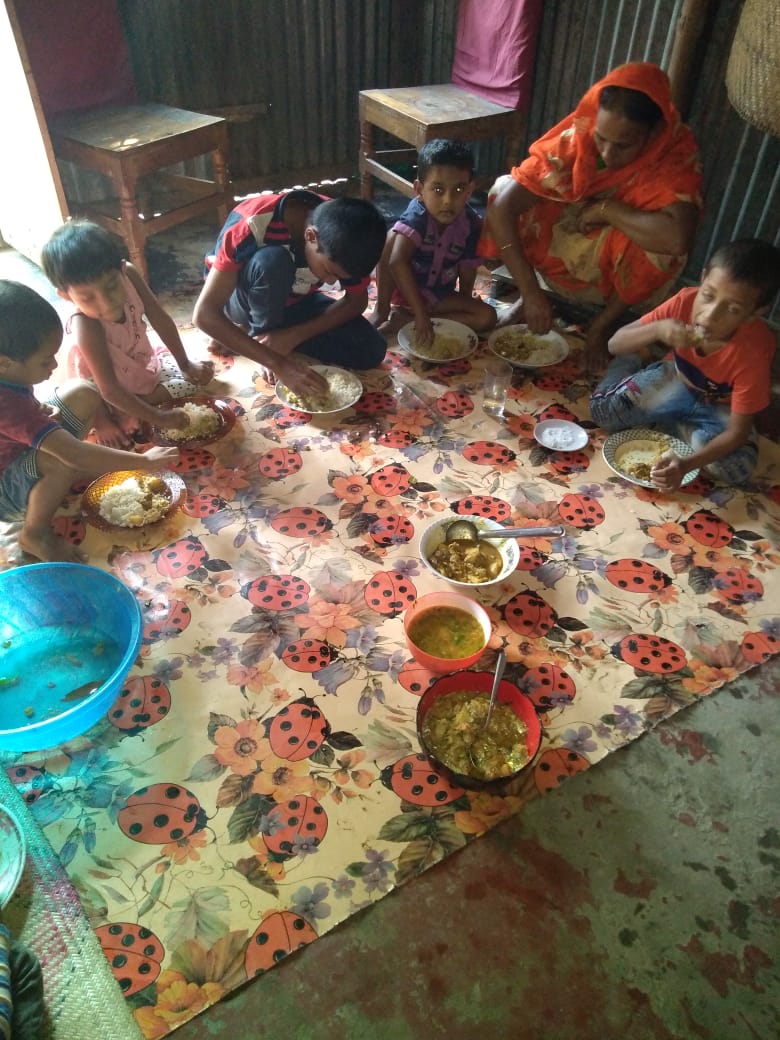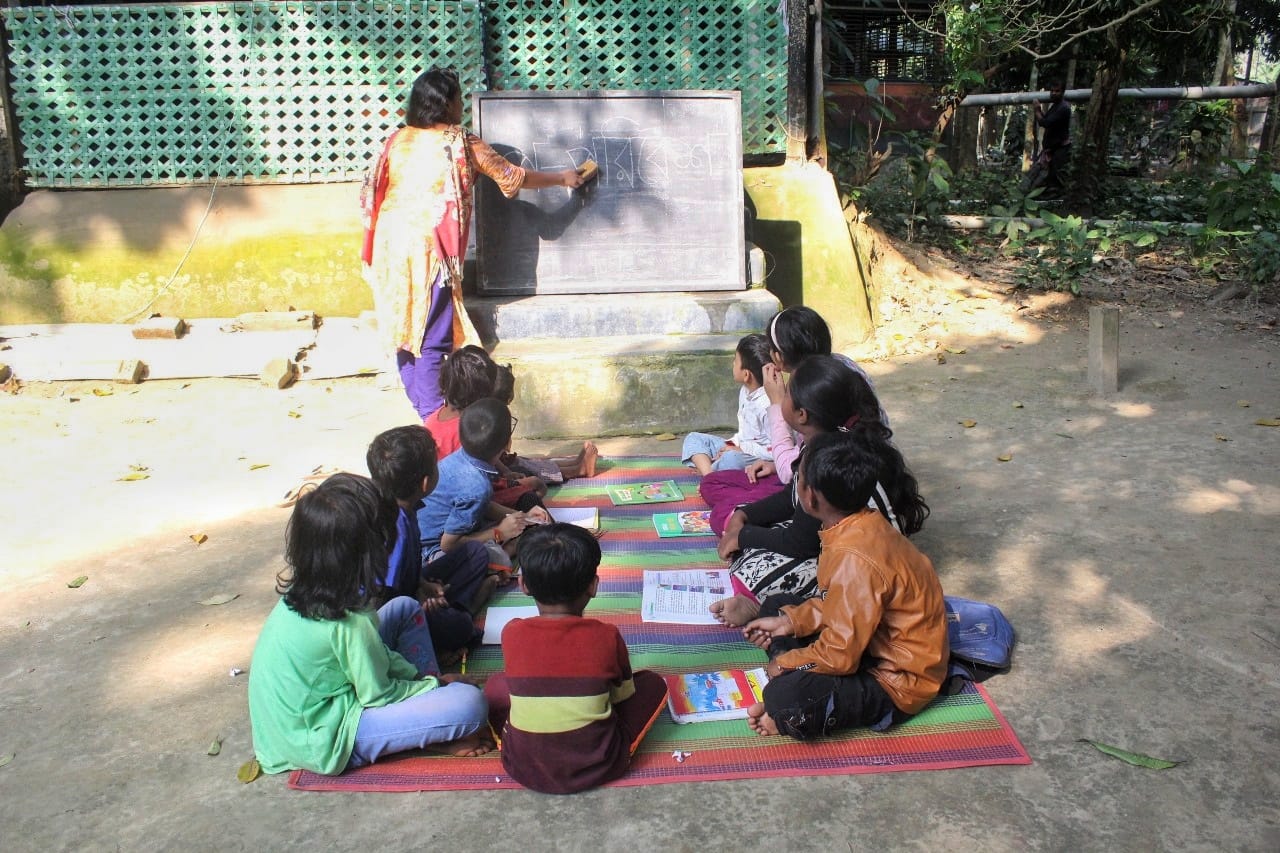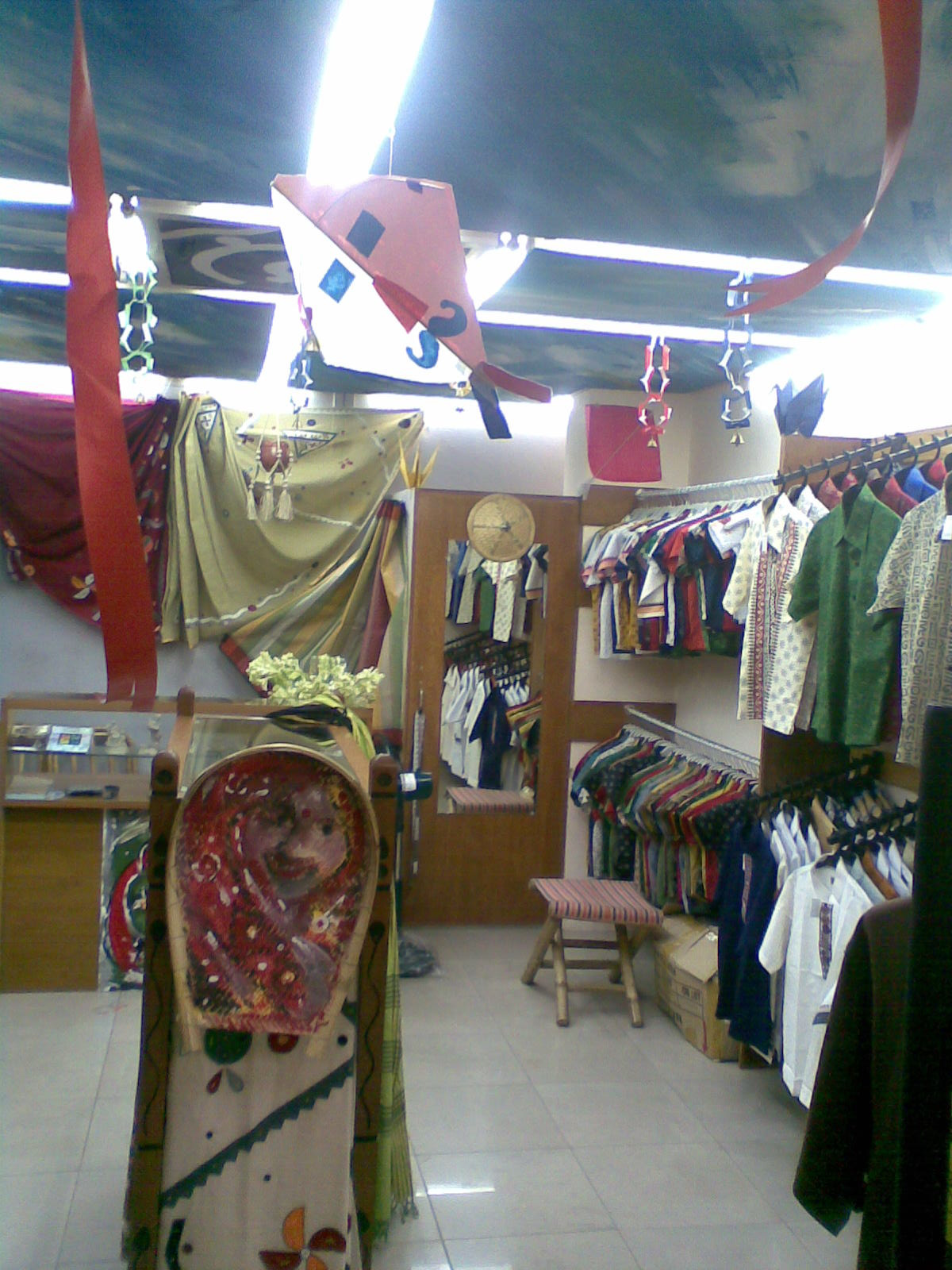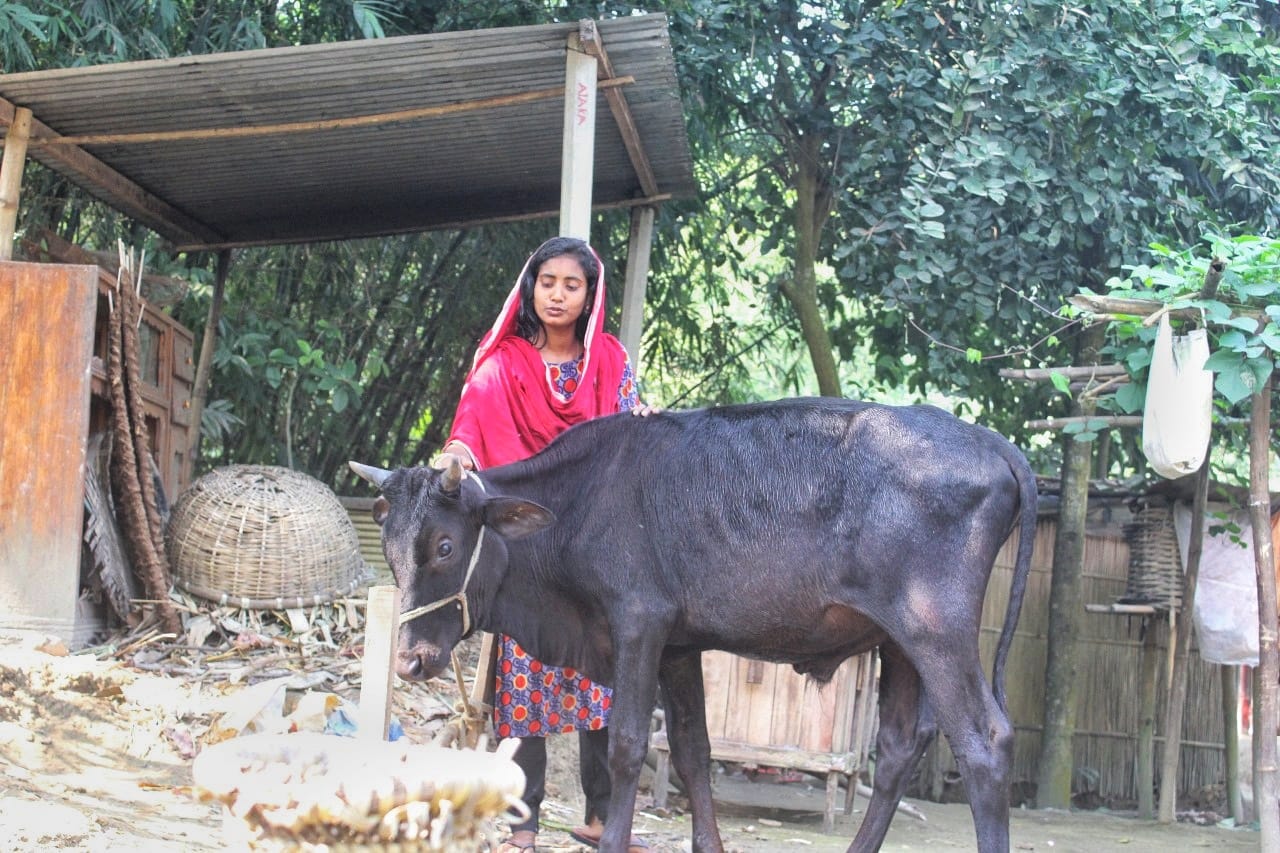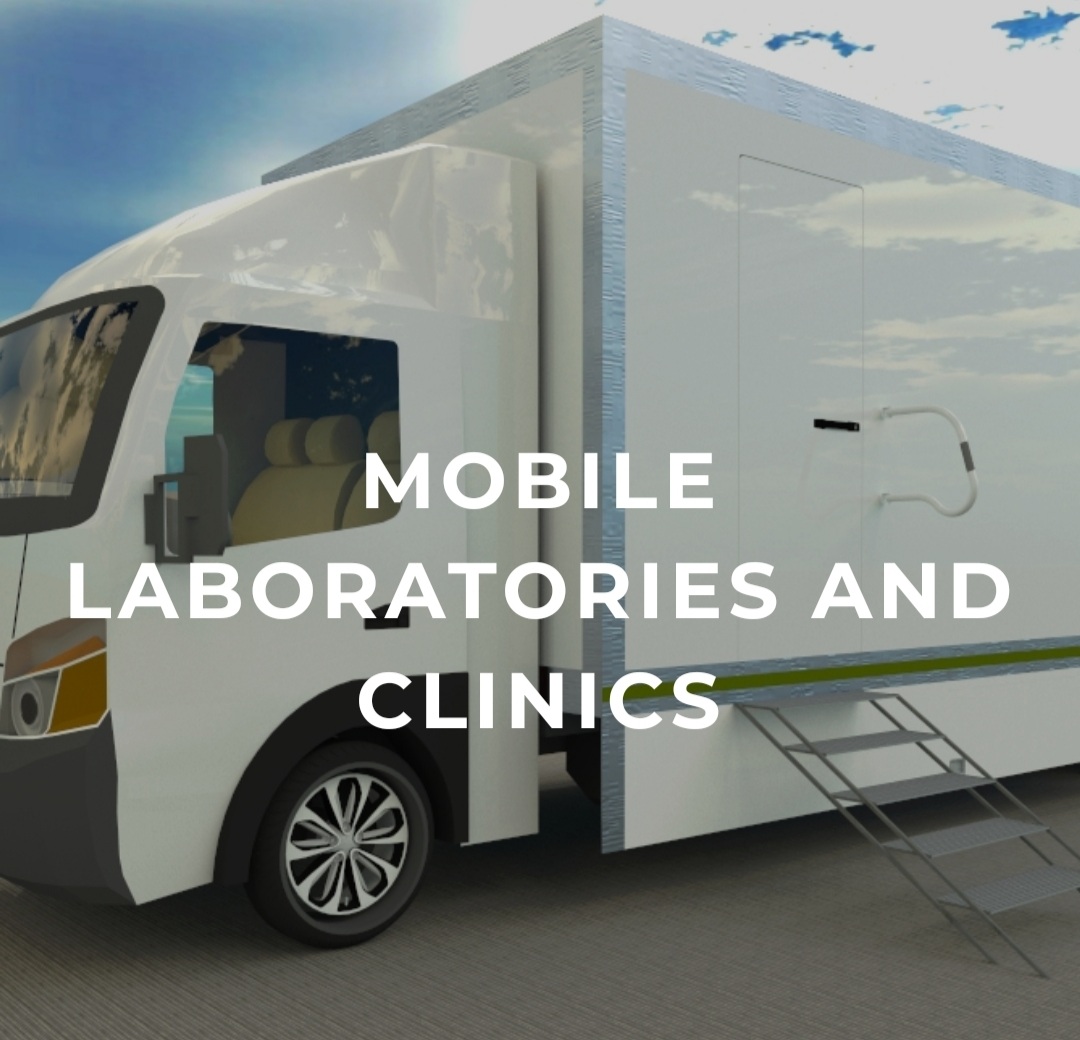
Healthcare Innovative Program
Healthcare Innovative Program
HEALTHCARE
INNOVATIVE PROGRAM
INTRODUCTION: “Innovation
in healthcare” refers to the process of introducing new ideas that improve the
delivery of care, enhance patient outcomes, and optimize operational
efficiency. As a charity organization, by “Innovation”, we really mean that
how close can we reach an inaccessible area in rural Bangladesh with quality
& affordable health care services.
Innovation is not limited to grand ideas; it
encompasses a mindset of curiosity, flexibility, and the pursuit of excellence
in healthcare delivery. Now -a -days the telemedicine, electronic health
record, implementing 3D printing to develop organ model etc. are the technical
healthcare innovation but still out of reach of the marginal people of rural
Bangladesh.
[01] HOSPITAL TRAIN PROJECT
[02] HOSPITAL SHIP PROJECT
[03] HEALTHCARE ON WHEELS
[01]
HOSPITAL TRAIN PROJECT
INTRODUCTION:
A hospital train is a railway train with carriages equipped
for the provision of healthcare.
Historically this has ranged from trains equipped to transport wounded
soldiers, with basic nursing and first aid facilities on board, to fully
equipped mobile medical centers, sometimes including operating theatres and
nursing wards, all the supplies related more to the accommodation and comfort
of the troops. Currently operating hospital
trains are from Russia (2010), Malta, Mexico, India (Lifeline express for
healthcare, 1991), Chinese eye hospital trains (September, 2022), South Africa
[Phelophepa-(good, clean health) Trains, 1994], French Hospital train (in
March 2020 to transport COVID-19 patients to hospitals),
OBJECTIVES:
[a] The rural disabled cannot reach a hospital,
the hospital train goes to them. [b] It is an outreach program for inaccessible
rural areas where medical services are not available. [c]To provide the
diagnostic, medical and advanced surgical treatment for preventive and curative
interventions for those who are in healthcare need.
The total length of the Bangladesh Railway is
3,600 kilometers with an extensive network crossing almost all the 64 districts
in Bangladesh. Some compartments of the train will be transformed into a
full-fledged Hospital facility unit including adequately
trained manpower, modern medical equipment, and accessories to conduct surgery
and treatment of patients with disabilities.
The hospital train project is innovative but challenging task
at the same time. The challenges include diversification and expansion of the
services, greater visibility of its achievements, more, and better alliances
with Government & Sponsor authorities. Despite
the challenges and limitation, a hospital -train project is one of the ways to
provide the health services to the hard -to reach community of Bangladesh.
M22 Doctor’s Foundation aims to take the initiative for launching the Hospital Train Network collaborating with the Bangladesh Government & Global Financial Authorities.
ESTIMATED FUND for a project under HOSPITAL TRAIN PROGRAM: BDT 1,000,000,000 [One Billion/100 crores]
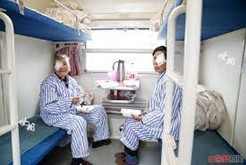
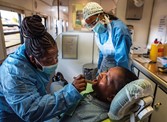

Hospital
Tarin in Chaina
[02]
HOSPITAL SHIP PROJECT
INTRODUCTION: A hospital
ship is a ship designated
for primary function as a floating medical treatment facility
or hospital. Hospital
ships possibly existed in ancient times. The Athenian Navy had
a ship named Therapia and the Roman Navy had
a ship named Aesculapius, their names indicating that they may have been
hospital ships. Those ships were mainly used for the treatment of wounded
soldiers fighting on land.
The modern hospital ship began to emerge during the Crimean
War in the 1850s. The only military hospital available to the
British forces fighting on the Crimean Peninsula was
at Scutari near
the Bosphorus. The
first purpose-built hospital ship in the U.S. Navy was USS Relief which
was commissioned in 1921.
HOSPITAL SHIP in BANGLADESH: 'Jibon
Tari' Floating Hospital, the first of this kind, launched in April 1999 is
IFB's unique venture that has gained huge popularity among the poor people
living on the banks of major rivers in Bangladesh. Now -a
-days, Impact Foundation has been operating 3 floating hospitals in isolated
char and riverbank-based communities in northern Bangladesh.
OBJECTIVES of the HOSPITAL SHIP: [a] To provide non-emergency medical services in the river banks, char, Sundarban forest & coastal areas. [b] To provide humanitarian assistance and disaster relief in cyclones, droughts, earthquakes, tsunamis, floods and tidal surges.
ESTIMATED FUND for a project under HOSPITAL SHIP PROGRAM: BDT 1,000,000,000 [One Billion/100 crores]
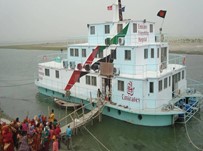
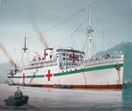
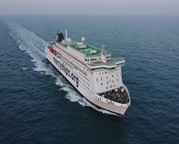
Hospital Ship in Bangladesh Hospital Ship in Chaina Hospital Ship in USA
[03] HEALTHCARE
ON WHEELS
INTRODUCTION: Underprivileged
rural residents present unique healthcare challenges. This vulnerable
population faces poor health status and low access to health care. The
“healthcare on wheels “project is an innovatively enhance access to health care
for the poor and marginalized rural population of Bangladesh. It includes an
expanded use of mobile clinics by meeting patients where they are.
The mobile clinics are equipped with full-service exam rooms with a mini diagnostic lab, imaging & telemedicine facilities headed by a trained healthcare team. The “healthcare on wheels” provides a wide range of comprehensive healthcare services, such as acute and chronic disease management, laboratory and diagnostic services, medication assistance, dental and eye care and specialty clinics for marginalized, poor hard to reach areas.
ESTIMATED FUND for a project under HEALTHCARE on WHEELS: BDT 50,000,000 [5 crores]

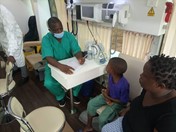
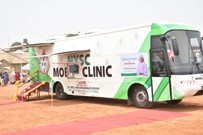
Healthcare
on Wheels in Malaysia



